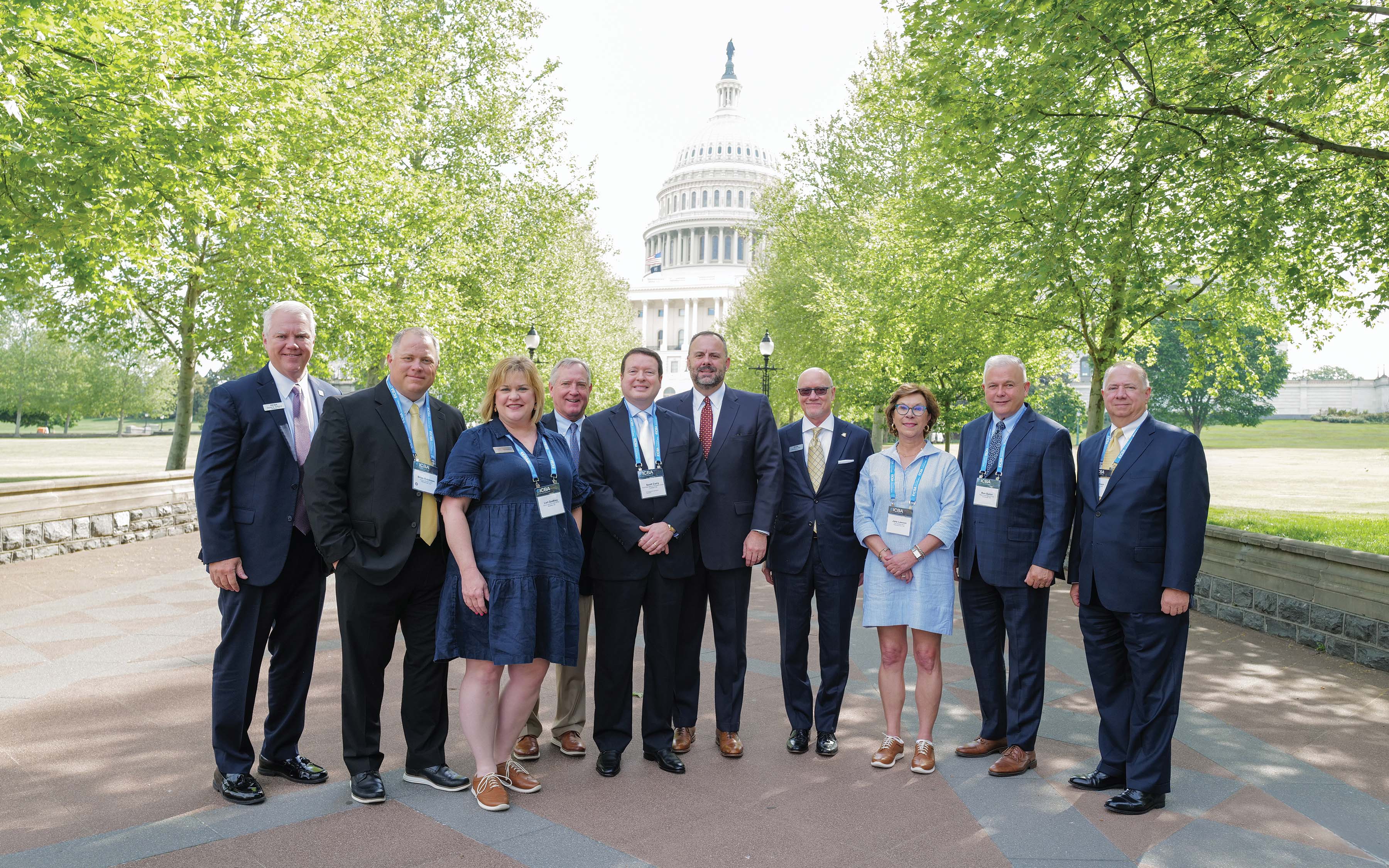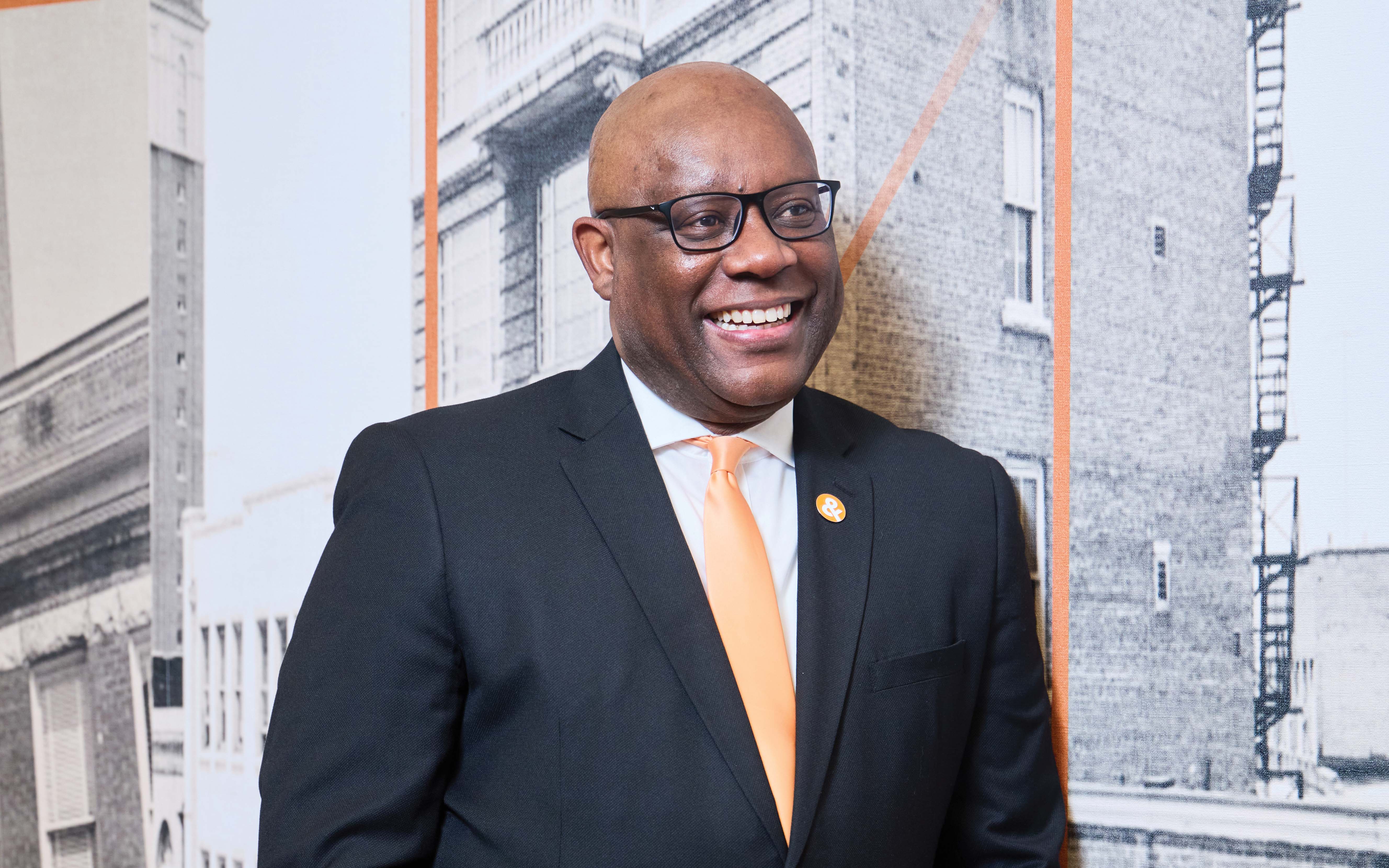The restaurant industry is tough. According to the National Restaurant Association, the average profit margin for restaurants is 5%, and data from the Bureau of Labor Statistics shows that the median lifespan of a restaurant is less than five years. Nevertheless, restaurants are essential to the fabric of a community, and many community banks count them as clients.
But when it comes to making loans to restaurants, community banks do so with caution. Many startups fail soon after opening.

“Given the industry loss rates, you have to be more cautious on ensuring your restaurant clients have the appropriate collateral and cash flow from other sources to assist them in assuming [their] debt service payments can be made and that they can make principal payments,” says David Saber, CEO of $1.4 billion-asset Park State Bank in Duluth, Minn.
Know your client
Fundamentally, however, lending to a restaurant is the same as lending to any small business, says Steven Cornell, president and CEO of $297 million-asset National Iron Bank in Salisbury, Conn.
Success with restaurant lending requires a deep familiarity with prospective borrowers and a solid grasp on their business prospects, Cornell says. He agrees with Saber that lending to a startup restaurant can be risky, so National Iron Bank usually works with well-established ones.
National Iron Bank has numerous restaurant clients but has developed lending relationships with three specific ones, Cornell says. “I know all three of the owners very well, and I know they’re very strong,” he says. “And they all have signed personally for the loan.” He adds that all three restaurants are profitable and have never missed a loan payment.
The restaurants in National Iron Bank’s portfolio are all independent operators. The most successful is an English pub-style restaurant that is consistently packed with customers. “On the weekends, there’s not a parking place to be found,” Cornell says. “I mean, it’s a gold mine.”
That restaurant became a client when the owner sought a Paycheck Protection Program loan from the bank. The owner has since borrowed money to install a new kitchen and renovate housing that some of his workers live in.
National Iron Bank provides a line of credit to another of the restaurants in its portfolio. That restaurant, which serves steaks and Italian cuisine, is owned by its chef, Cornell says. That is another characteristic he looks for when considering lending to a restaurant.
“Unless it’s a very unusual circumstance, I would make sure the owner is the chef, unless they got somebody to take over if they lose the chef,” Cornell says. “Restaurants live and die by how good the chef is.”
The owner of the English pub is not the chef, Cornell says, but the chef has worked there for many years, providing the stability a good restaurant needs.
“That’s one thing that’s great about a community bank: I really get to know these people and I get to understand and work with them personally,” Cornell says. “And I think that’s why we’ve been successful.”
Of course, getting to know a restaurant client has its perks. “I go and have dinner there, so I really get to know their business and understand them,” Cornell says. “I’ve been to all three of those restaurants for dinner in the last month and a half, and I’ve sat down with the owners. The one who’s a chef, I had dinner [at his restaurant] just before Christmas, and I went into the kitchen with him and talked to him for a little bit to see how he’s doing.”
Sonata Bank offers secondary support for franchisee employees
Employee retention is a major concern for franchise owners, and Sonata Bank is helping its franchisee clients deal with that problem. The Brentwood, Tenn., community bank is developing a mobile app that provides its clients’ employees a broad range of perks, from telehealth to gas discounts.
“The more the employees work, the more they stay on, the greater the perks become,” says Dan Dellinger, Sonata’s CEO. “Underneath the perks are the financial tools, the bank accounts [and] the savings accounts.”
Dellinger explains that the idea behind the app is two-fold: It will help franchisees retain employees, and it will help those employees access services, including financial services, that will help them be more financially literate and secure.
The app—currently being betatested by two Sonata Bank board members who own franchises—is scheduled for a national launch in 2026.
The franchise factor
Lending to a restaurant involves a lot of due diligence, but some of that burden is removed when a bank lends to an established franchise restaurant concept.
Sonata Bank in Brentwood, Tenn., has developed a niche serving owners of quick-service franchise restaurants. Several of its key investors are major franchisees, and two of the bank’s founders, who are prominent Taco Bell franchisees, serve on the bank’s board of directors. Naturally, this inspired the proposal of this niche to Dan Dellinger, CEO of the $213 million-asset community bank.
Sonata Bank offers lending, deposit, treasury management and other services to franchisees. “The way we approach it is we underwrite the brand first, and then we underwrite the franchisee,” Dellinger says.
Dellinger first looks at the strength of the franchisor—such as Taco Bell or Subway—to ensure that the brand is stable and will support its franchisees. Then, he considers the experience and financial viability of the franchisee.
“If it is somebody that’s a Taco Bell franchisee, well, we know that concept very well. They’re going to have a lot of support,” Dellinger explains. “That is kind of a slam dunk, as we like to say. If it is a nonfranchised concept but one that may be franchised, then it’s more about underwriting the investor group. So, depending on who’s backing that concept, depending on where they’re headed with that concept, we may be involved with helping them with their lending [or] deposit needs.”
The next step, underwriting the franchisee, is generally easier than underwriting an independent restaurant owner. That’s because the franchisor has already vetted the franchisee, especially in the case of major brands. A prospective Taco Bell franchisee, for example, must have a net worth of at least $5 million, $2 million in liquid assets and a track record of business ownership, according to information from the franchisor.
Of course, large banks also love these types of borrowers, so the competition for franchisee loans can be tough. Wells Fargo, for example, has a financing program specifically designed for McDonald’s franchisees.
Sonata competes with major banks the same way any ICBA member does: by offering solid hands-on service and personal relationships. Data also plays a role, Dellinger says. His community bank is developing a pool of data about the factors that help franchises succeed, and they can share that with clients as appropriate.
Lending for land
Quick Stat
$1.4T
Food service establishments’ contribution to the U.S. economy in sales alone
Source: National Restaurant Association
Dellinger says Sonata’s loans to franchisees are mostly related to real estate, since the franchisor has already assured that the owner has enough working capital.
“They generally come to us for land acquisition and then build out, or it could be a leasehold improvement loan,” he explains. “And most concepts require that every five or 10 years, you do a refurb of the building—maybe some refresh of the equipment, the signage and all that. We will work with them on that.”
Franchise restaurant lending is not without risk. As with any business, factors beyond the owner’s control sometimes prevent success. Dellinger says the risk with franchises more commonly lies with the brand.
“If the brand itself is having problems, then it’s likely the concept as a whole is going to have problems,” he says. “Therefore, the franchisees are going to have problems.”
Cornell’s biggest tip is to get to know the restaurant owner. Successful lending to restaurants, he says, ultimately comes down to finding owners who are putting in the work to keep their establishments afloat.






